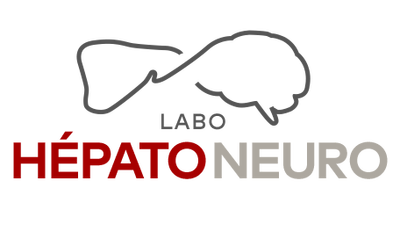Background: Ammonia plays a major role in the pathogenesis of hepatic encephalopathy (HE) and therefore ammonia-lowering treatments remain a primary therapeutic strategy. Glutamine deamidation by the mitochondrial enzyme glutaminase (GLS) is believed to a major source of ammonia production in cirrhotic patients and increased intestinal GLS activity has been shown to be linked to minimal HE and to an increased risk of developing overt HE. CB-839 is a potent, selective and orally bioavailable GLS inhibitor (Gross et al., Mol Cancer Ther 13:890) that is currently in Phase 1 clinical trials for the treatment of cancer (clinicaltrials.gov). Aim: To evaluate the effect of CB-839, a GLS inhibitor, in preventing the onset of hyperammonemia following an oral glutamine challenge (OGC) in rats with portacaval anastomosis (PCA). Methods: Four week PCA rats received a single dose of CB-839 (gavage, 200 mg/kg diluted in 5ml/kg of vehicle). Control PCA rats received equivalent volumes of vehicle. Four hours after CB-839 or vehicle administration, PCA rats received an oral glutamine challenge (gavage, 100 mg/kg). Repeated aortic blood samples were obtained at baseline, 0.5h, 1h, 1.5h, 2.5h, 2.5h, 3h and 4h following OGC. Glutamine and ammonia were measured using commercial available kits. Results: Baseline ammonia levels were similar in both PCA groups. Following OGC, blood ammonia increased in vehicle-treated PCA rats with a peak at 2h (2.3-fold increase vs baseline, p<0.05). In CB-839 treated-PCA rats, ammonia levels did not change compared to the baseline value and were significantly decreased compared to non-treated PCA rats (p<0.05). At 4h, ammonia levels returned to baseline values in both groups. Baseline glutamine levels were not significantly different between treated and non-treated PCA rats. Following OGC, no significant difference between glutamine levels was observed in non-treated PCA rats compared to baseline values. However, in PCA rats treated with CB-839 glutamine levels significantly increased compared to non-treated PCA controls attaining a peak at 2.5 h (1.59 ± 0.40 mM vs 0.60 ± 0.15 mM, p<0.05). At 4h, glutamine levels remained significantly increased. Conclusions: CB-839 treatment inhibited glutamine induced hyperammonemia in PCA rats. These preliminary results strongly suggest CB-839 is an effective agent to attenuate GLS-induced ammonia production. Further studies are warranted to evaluate CB-839 as a novel agent for the treatment of HE.

